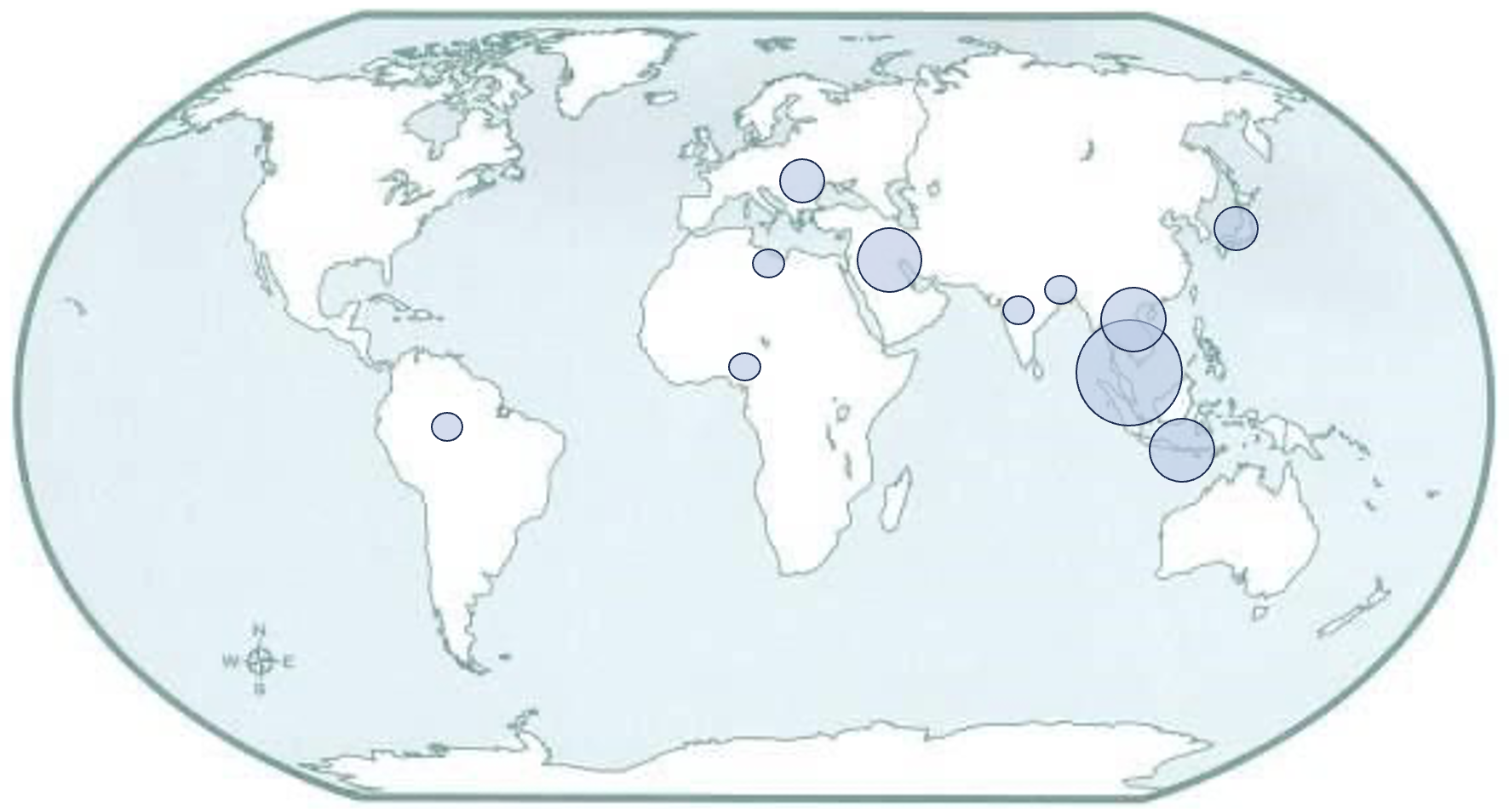Enhancing Thermal Conductivity of Water-Ethylene Glycol Mixtures: A Study on TiO2-Al2O3 Hybrid Nanofluids with Surfactants
DOI:
https://doi.org/10.37934/armne.27.1.4257Keywords:
Thermal conductivity, hybrid nanofluids, ethylene glycol, surfactant, temperature, volume concentrationAbstract
This analysis examines the thermal behaviour of 40% ethylene glycol-based TiO2-Al2O3 hybrid nanofluids by synthesizing them and assessing their thermal conductivity as a function of volume concentration and temperature. These hybrid nanofluids, emerging as a promising new class of advanced operating fluids, offer remarkable potential for enhancing heat transfer performance in various thermal engineering applications. Using a two-stage synthesis method, TiO2-Al2O3/40% ethylene glycol nanofluids were prepared across five distinct volume focuses (varying from 0.02% to 0.1%), incorporating Polyvinylpyrrolidone (PVP) as a stabilizing emulsifier. Precise thermal conductivity measurements were conducted over 30 °C to 80 °C, with incremental steps of 10 °C, ensuring comprehensive data collection. The investigation yielded significant findings, notably a substantial maximum thermal conductivity enhancement of 37.44%, observed at 80 °C with a 0.1% volume concentration, demonstrating pronounced sensitivity to elevated temperatures and concentrations. The strategic addition of PVP surfactant resulted in a remarkable 125% improvement in the nanofluid's stability period, although a maximum 5.33% reduction in thermal conductivity. Considering the inadequacy of existing predictive models to capture the observed data accurately, this study proposed developing a high-precision predictive model, achieving an impressive maximum deviation of less than 3%. The research concludes that these hybrid nanofluids, characterized by their exceptional stability and significantly enhanced thermal conductivity, hold immense potential to revolutionize heat transfer applications across various domains of practical thermal engineering. This breakthrough paves the way for developing more efficient, high-performance heat transfer systems, potentially catalysing energy efficiency and thermal management advancements across diverse industrial sectors.
Downloads

























